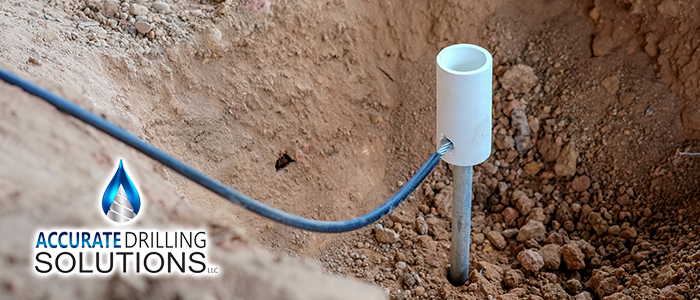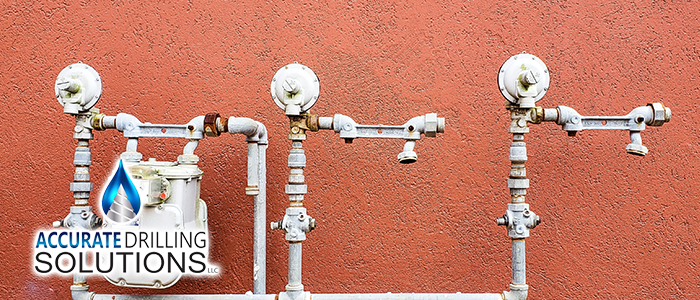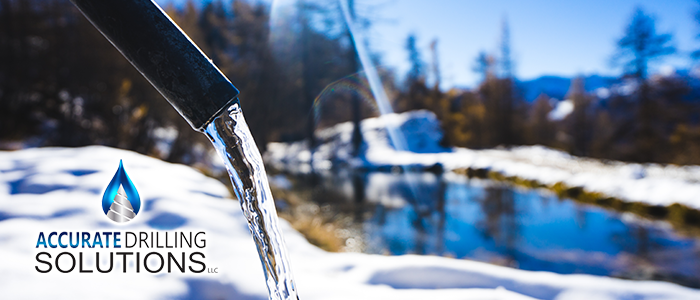
The Issue of Pesticides in Well Water
The Safe Water Drinking Act describes a contaminant as any foreign substance that may be present in your well water. Well water may contain contaminants of four different types, these include:
- Biological Contaminants: These include bacteria, viruses and other microorganisms.
- Physical Contaminants: Usually this will make the water cloudy or be affected in some way. One example of this is sediment or organic material suspended in the water.
- Chemical Contaminants: These can be naturally occurring or man-made, and include nitrogen (found in the atmosphere), bleach (used to disinfect water), salts (such as sodium chloride used for seasoning food) metals, toxins produced by bacteria, human drugs such as antibiotics that get flushed down into rivers from hospitals—and animal waste.
- Radiological Contaminants: Radioactive elements like radon and uranium occur naturally in the soil.
Although no natural water sources are completely free of contaminants, some—like calcium and magnesium—are harmless to humans. Some, like pesticides, can be dangerous to your health if you are exposed to them for a long time.
Let’s examine the dangers of pesticides in groundwater.
Pesticide contamination is a huge problem. A U.S Geological Survey study published in 2006 found that atrazine, a widely used pesticide in the U.S, was detected 90% of the time in streams located near agricultural areas and 70% of the time near urban ones—and it frequently turned up underground as well.
Pesticides may not appear in water wells for decades, depending on the pesticide used and geological conditions (such as rocks that hold or retard movement of groundwater). Due to this, water supplies may contain traces of pesticides that have been banned.
Safe Use of Pesticides Around Your Well
The impact of pesticides on water quality can be greatly reduced by proper application. Following these tips will help you use pesticides properly near your well:
- Read the label carefully before each use, and pay particular attention to the Environmental Hazards section.
- Whenever possible, choose pesticides that break down quickly in the environment and cause little harm to other living organisms.
- Select pesticides that are not easily carried off by the wind or water.
- It’s best to avoid applying pesticides when it is raining or the ground is wet.
- Be mindful of the fact that pesticides can easily wash off hardscape surfaces when it rains and leak into storm drains.
- Leave an untreated area near walkways and in drainage areas.
The Health Implications of Pesticide Exposure
The effect of pesticides on health is broad and complex. Factors such as the length of time exposed, level of exposure, genetic factors (including race), body weight, diet, metabolism rate and other health conditions can all play a role in what happens after an individual comes into contact with these chemicals.
Short-term, high-level exposure to a toxic substance can cause immediate nausea, vomiting, and even seizures. Low levels of pesticide exposure over a long term have been linked to several types of cancers, birth defects and mutations in genes.
Treating Your Water for Pesticide Contamination
Reverse Osmosis: These systems push water through a permeable membrane that blocks larger ions like those found in pesticides, but allows smaller molecules of water to pass. RO systems, which are also called point-of-use (POU) water filters, can be installed right under the sink.
Granulated Activated Carbon: GAC filters are affordable and easy to use. They remove pesticides by taking advantage of the fact that such chemicals tend to stick to carbon, coal, or charcoal. You can effectively remove pesticides from your water by using a filtered GAC pitcher. Change the filter based on manufacturer’s instructions to keep it working well.
At Accurate Drilling, we have a ton of treatment options available for you, point-of-use systems and whole-house point-of-entry water treatment systems. If you need more information, simply give us a call!
continue reading
Related Posts
Lake Wales: Residential Well Installation Explained For many homeowners in
Port Richey Guide to Commercial Water Systems Businesses in Port
Englewood’s Winter Well Maintenance Checklist While Englewood and nearby Sarasota






